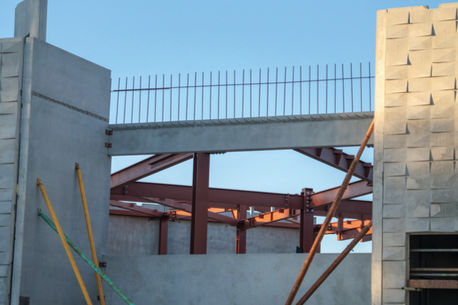The construction industry in New Zealand has been experiencing a period of sustained growth and the highest activity levels ever. This is evident on our back door steps too as we see many new developments underway or planned here in Hawkes Bay. The question is whether the businesses in the industry have adequate margins, staffing and cash flow to sustain this level of growth.
Earlier this year, BDO surveyed NZ Construction Industry Businesses in the housing and commercial sectors. The survey resulted in a lot of positive news and emphasised that most construction companies are in good health but also identified many of the issues and challenges faced by the industry.
Cash Flow Challenges
The availability of cash resources is a defining factor of those businesses in a strong financial position. Of survey participants, 27% either use an overdraft or find juggling cash flow a struggle, which creates greater risk in the industry. It doesn’t help that 41% of respondents have clients that pay late, despite contractual obligations to pay on time. This means there is a need for businesses to have a strong buffer of cash reserves to allow for any timing issues in the receipt of payment from clients or any unforeseen events that invariably occur in this high risk industry.
Inadequate Margins
Survey results showed that margins are inadequate for the level of risk in the industry resulting in many companies making little to no profit after accounting for overheads. It seems that risks are not being properly taken into consideration before pricing a job which could be due to the high level of competition for contracts. There is a trend that suggests New Zealand is still largely driven by price rather than quality.
When talking about competing for projects, the survey asked by what margin businesses were missing out on winning contracts by. For housing it was around 8% and commercial building 5-6%. Those obtaining better margins appear to be generally larger companies undertaking larger, higher risk projects, whereas smaller companies don’t
have the same resources or cash reserves to tender for these projects. It is this perpetual cycle which is seeing the risk in the construction industry leaning heavily on the sub-contractors as they endeavour to get paid on time and maintain their own reputations in the industry.
A theme emerging from the survey is importance of looking after subcontractors. In the past, sub contractors have been the victims when large construction companies have collapsed, leaving them exposed financially and availability on other projects is constrained. Surviving construction companies will need to instil the confidence in their subs contractors that they will get paid so that projects can be finished on time
Retentions
The Construction Contracts Amendment Act 2015 now requires those that deduct retentions to hold them in trust. The responsibility for the enforcement of this is placed on those that have retentions deducted from their progress claims by allowing them to request inspection of trust records.
From the survey, it was found that 74% of those that have retentions deducted have not enquired as to whether their retentions are held in trust. For those that have checked, 36% found non-compliance which means they run the risk of not getting paid their retention at the end of the job.
For those that hold retentions, 28% of responses were not willing to answer the question, possibly because they could not confirm they were holding the funds in trust in cash. These results suggest that the regime is not working as it was intended. Businesses should really be asking to inspect the treatment of retentions. This is an easy way to gain confidence or raise concern as to whether you will be paid for all progress claims at the end of a contract.
In order to see the NZ construction industry continue to succeed, the above issues need to be addressed. Without higher margins, proper evaluation of risk and careful cash flow management companies without a strong balance sheet may need to look at their own processes to ensure they can keep up with growth.



